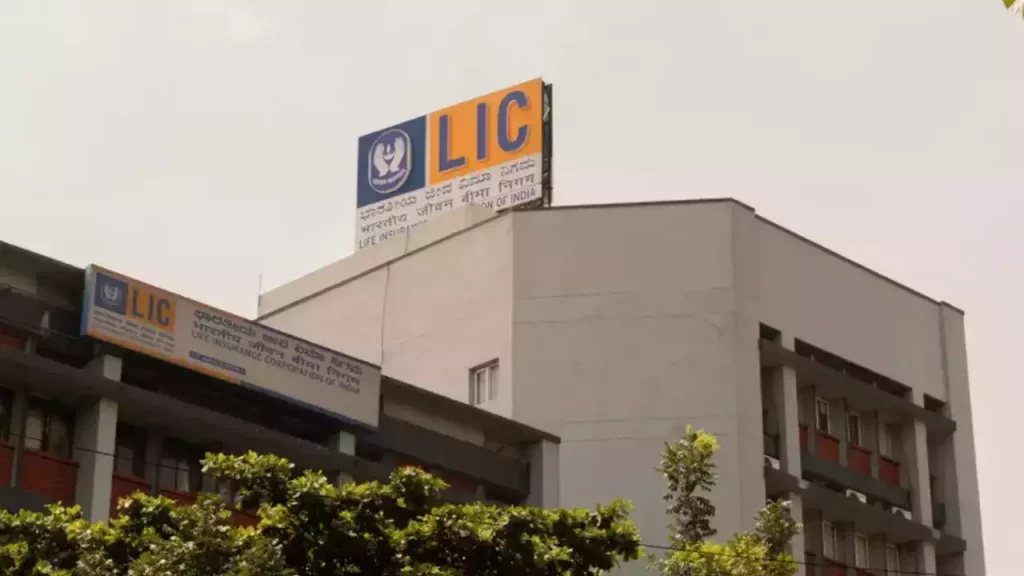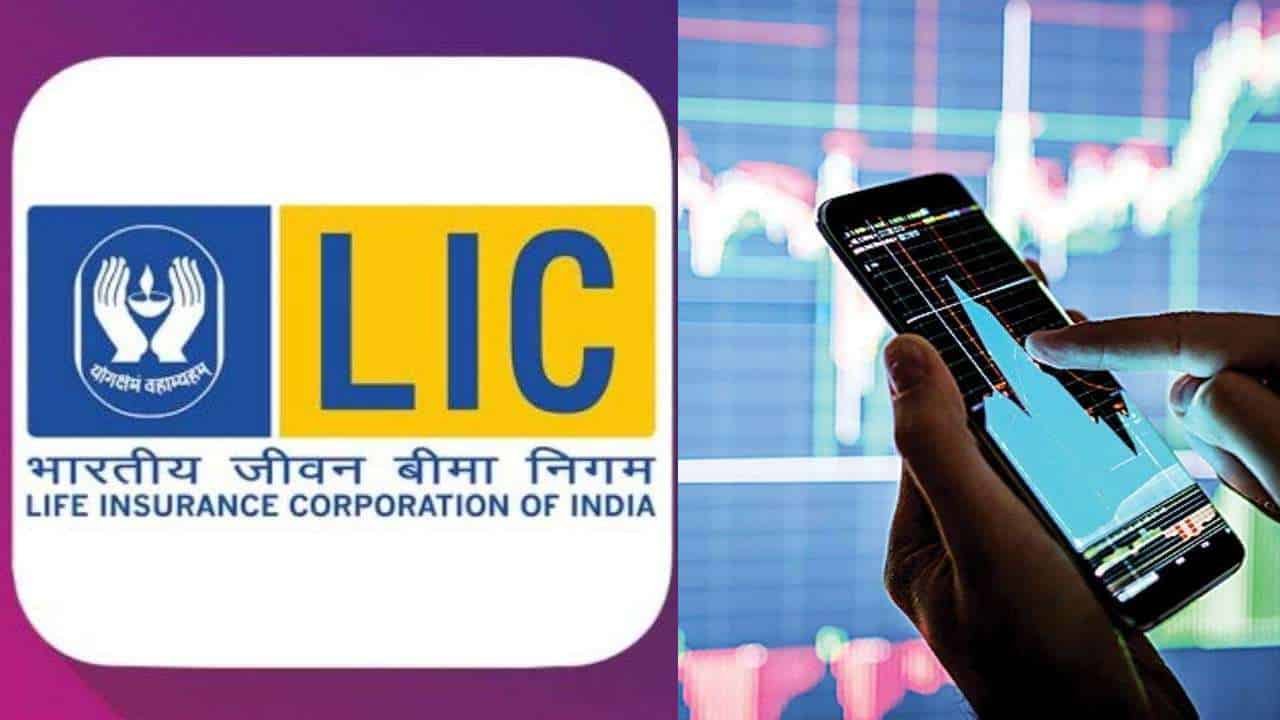The Life Insurance Corporation of India has lost 22% of its purchase price. Since the state-owned insurance went public in May, its market capitalization has decreased by 1.21 lakh crore, to 4.26 lakh crore. It is moreover one of the top three worst-performing equities that were listed publicly this year.
Because of this, LIC has fallen to ninth place in the list of the top 10 most valuable firms, leaving it out of the top five. LIC’s market capitalization is currently far lower than its inherent value of Rs. 5.41 lakh crore.
Since it launched, the insurer’s much-hyped IPO has performed poorly on the markets, partly because of shifting market sentiment.
LIC stock movement is more than just a market simulation.
Given that LIC controls a substantial portion of the equity market, its stock is known to reflect market volatility. However, the share price has fallen by 22% more so far in 2022 while the Sensex has down by over 6%.
LIC holds 2% of the bond market and 4% of the overall equity market. Therefore, its fortunes shift whenever the market or bond yields fluctuate.
Some analysts believe private insurance players are better in terms of providing returns to investors. “While we appreciate LIC’s market-leading position and comfortable valuations, we prefer private sector peers that have better growth, profitability and therefore higher return on embedded value (RoEV) prospects,” said analysts at Emkay Research.
More than half of the nation’s life insurance policies are managed by LIC. It diverts these enormous assets into various sorts of investments, whether in debt or equity, as and when their premiums arrive.

Because of a change in client desire for life insurance products beyond traditional products and new distribution channels over the past ten years, private players have gained market share at the expense of LIC.
“LIC has not been able to match the private players in this transition and has lost market share at an accelerated pace. In addition, a mature life insurance company like LIC derives much of its valuation from embedded value (EV), and value addition by value of new business (VNB) is not very material. In this context, it is important to note that LIC’s EV is largely created after the bifurcation of policyholders’ fund in September 2021. A large part of this EV is sitting in the form of equity MTM gains in non-par policyholders’ assets, bringing higher volatility and unpredictability to the EV growth trajectory,” says Emkay Research.
JP Morgan analysts think that the stock is being underpriced in the market following LIC’s sharp decline in share price. “LIC’s new business value is barely 1% of the value of its active policies. Therefore, even assuming no growth, we consider the 0.75x P/Embedded Value to be too punitive because 99 percent of the value comes from existing policies. According to the JP Morgan research, “LIC has really started to rise again recently, and we expect growth of 6 percent over the next three years.”
Also Read:
AMD Ryzen 9 7950X, Ryzen 9 7900X, Ryzen 7 770X and Ryzen 5 7600X details leaked online


